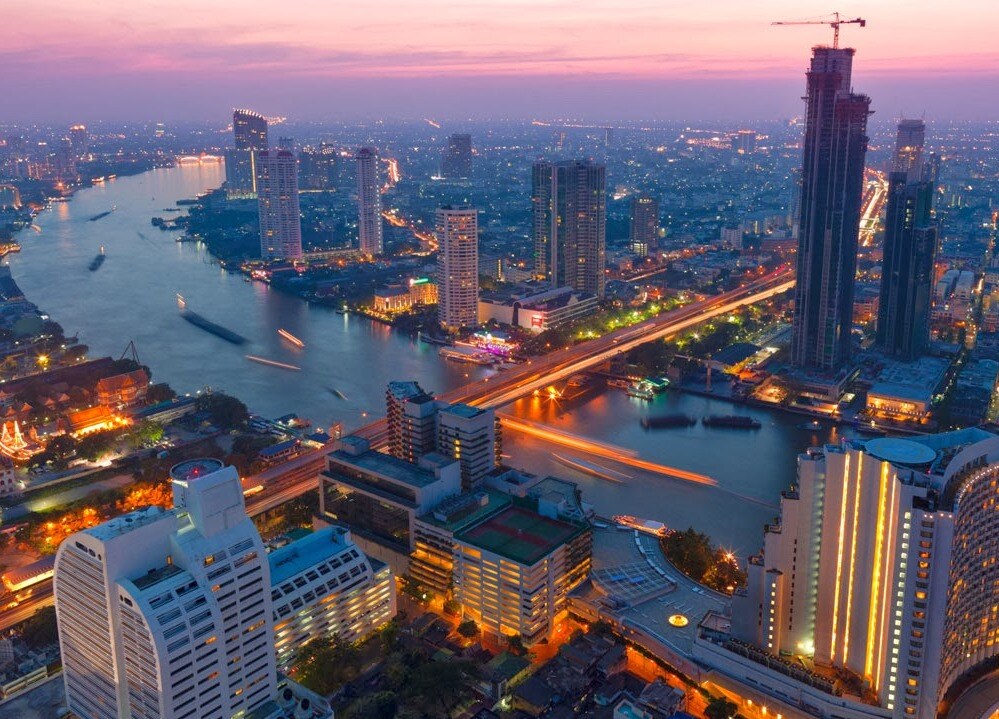
In the 20th century, business and technology taught us all how to make things bigger. Scaled-up assembly lines enabled an age of mass production, with taller buildings, faster vehicles, and greater connectivity reflecting our progress. This explosion of growth built the world we enjoy today, but at a great cost: We consumed resources at an unsustainable rate, and began to pollute land, sea, and air at very dangerous levels.
Even our civilisation’s biggest triumphs brought on serious side effects. As cities grew more desirable to live in, overcrowding became an issue. The resulting traffic jams and seasonal strains on energy supplies pushed infrastructure to the breaking point, even as city officials worked to address new challenges in areas like waste management.

To maintain and even improve the quality of life of people around the world, we must use this century not to make our systems bigger, but to make them smarter. As we’ve explained in our previous article, the smart integration of AI and IoT technology can make our existing cityscapes far more efficient, improving people’s daily lives while also bringing global resource use back toward sustainable levels.
Yet optimisation for the public sector – in the form of AI-powered traffic management, motion-activated street lights, smart utility and waste management, and the like – is far from the whole story. Indeed, smart city technology has many essential applications for the private sector as well.

Smart buildings, which regulate air conditioning, lighting, and other services based on variables like the weather outside, can help companies greatly reduce their carbon footprints. Smart healthcare, by connecting patients to medical institutions through wearable technology, provides important business opportunities for device manufacturers, data analytics companies, and health providers.
For those who have opted-in, public wi-fi areas let companies deliver advertisements to people based on their location data, while providing additional e-commerce opportunities. Innovation hubs and digital sandbox schemes can also accelerate technological development for businesses, bringing new apps and services to market far more quickly.
Smart manufacturing centres operate on the same principles as a smart city, but on a much smaller scale. Automated machinery enables 24-hour operation, while IoT sensors monitor the equipment for early signs of wear and tear, stopping only when maintenance is required. Various streams of data are collected and analysed throughout the production process, to ensure everything from resource efficiency to output quality.

Similarly, smart agriculture lets automated systems seed and water crops, with drones spraying fields and taking photographs for analysis by AI algorithms. Areas where crop health is found to be sub-par can be given extra attention, leading to more efficient land use and better harvests. This process is extremely important for upstream retail and supply chains as there is an extensive increase in productivity in the early stages of production, allowing all products to be of quality rather than some sub-par.
Other smart city features are aimed mostly at benefiting private citizens, though businesses can also take advantage of the conveniences they provide. Public charge points for electric vehicles, smart parking lots, high speed internet infrastructure, and smart home energy systems can save ordinary people time and money, which can then be turned into disposable income for increased consumer activity.
Although the world’s resources are limited, smart city technology lets us do far more than we ever thought possible with what we have. And as consumer sentiment increasingly aligns itself with the carbon-neutral prescriptions of leading climate scientists, businesses must also follow suit.
Smart city technology is here, and there is little time to waste. We must pursue smart city ideals now in order to fulfil the promise of our smart century, and pass an even more inspiring world down to the next generation.
